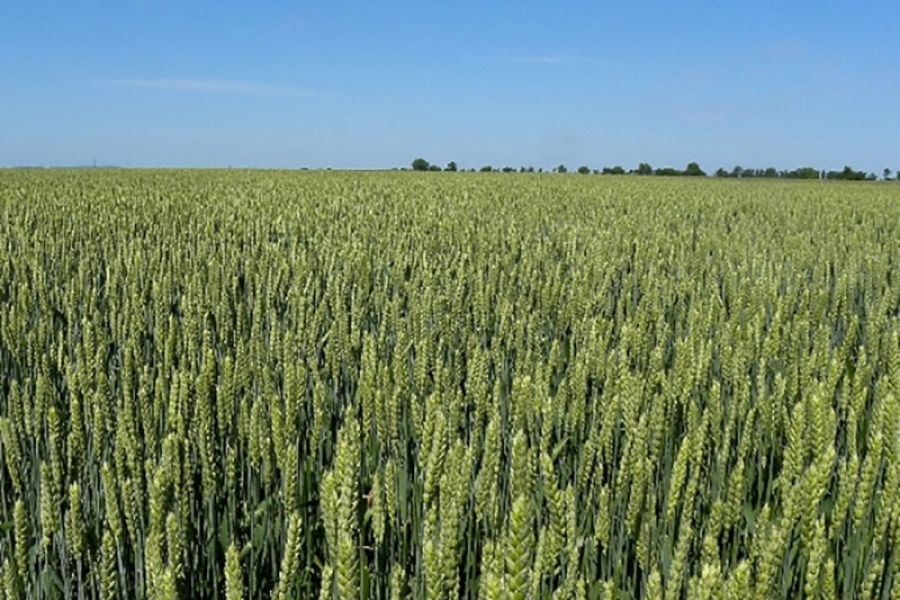

To ensure sustainability and efficiency of animal husbandry in Hungary, localization of feed is a primary task for the sector. Hungary is determined to achieve self-production of feed (forage) material or have it produced geographically close, as 80-85 percent of soy-maize is imported GM soy. To replace imported GM soy, the Ministry of Agriculture allocated a budget to support for agricultural research to develop new feed wheat varieties.
Feed wheat in general is low quality and thus unsuitable for milling and for human consumption. In order to satisfy demand in animal feeding, Novum wheat, a variety of nationally listed species hybrid, has been used to conduct an experiment.
As a result of the experiment, it was concluded that:
Animal-fattening has been experimented by the National Agricultural Research and Innovation Centre and the results have proved that Novum wheat can replace extracted soybean meal and maize, without any loss of efficiency and need for extra enzymes.
There are other benefits of Novum wheat feeding, such as:
It is worth noting that in the experiment, low-quality Novum wheat, which had the same nutrient content as the usual feed (soybean-maize), was used. With average or high-quality Novum wheat feeding is more efficient.
The solutions can be utilized in countries interested in improving the cost-efficiency of cattle forage.